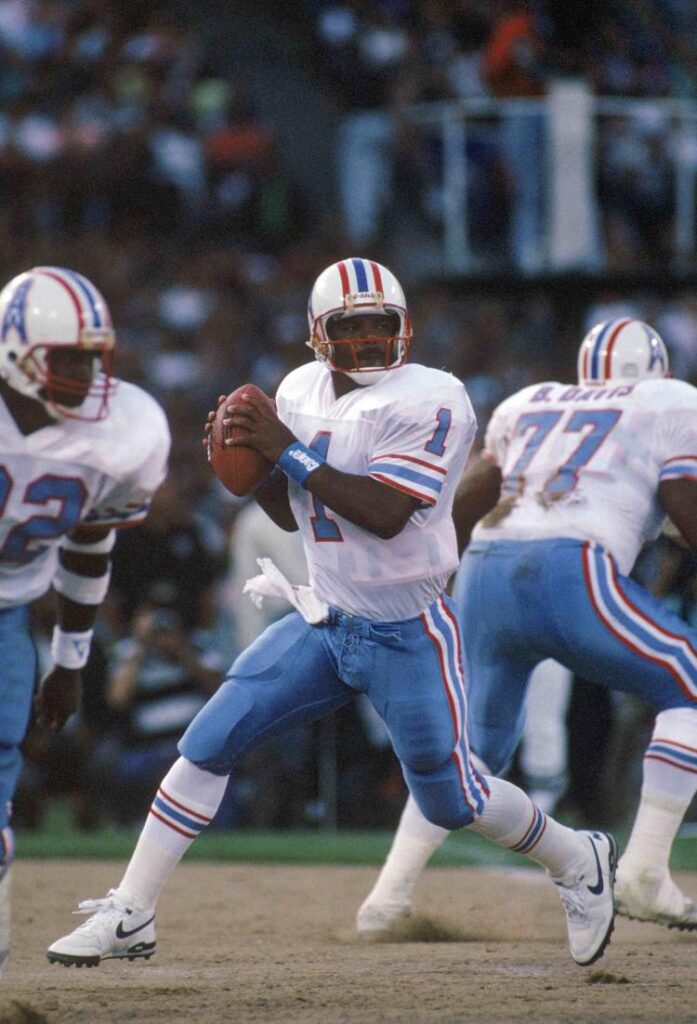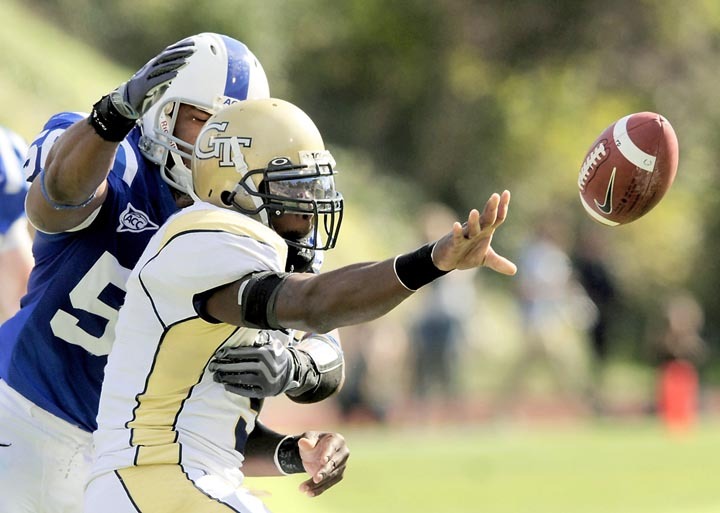With newness gone, the honeymoon may be over for the fast-paced football obsession…
In 2011, I embarked on my journey as a color commentator for college games, coinciding with the rise of the “blur speed” offenses championed by Chip Kelly at Oregon and Art Briles at Baylor, which quickly captivated the world of college football.
This innovative approach had turned the traditional principles of the game on their head.
Instead of the primary focus resting on fundamentals, controlling the line of scrimmage, and adhering to offensive schedules, the prevailing trend was centered on the sheer number of plays one could execute.
This breakneck pace relentlessly overwhelmed opposing defenses. The defenders found themselves unable to make substitutions and, most importantly, incapable of processing decisions on the field due to sheer exhaustion.
The age-old wisdom rang truer than ever, vividly evident: it’s a formidable challenge to concentrate on a 3rd and long situation when your energy is depleted and you’re physically drained.
This style of offense proved to be a formidable adversary for defenses while simultaneously delivering an exhilarating spectacle for fans. It didn’t take long for offensive coordinators across the nation to take notice.
Things were happening so unusually fast – defenses failed essentially because they weren’t prepared.
As I delved deeper into my offseason college football preparations in the following years, a resounding theme emerged within programs nationwide, spanning the spectrum from the powerhouse SEC to FCS and DIII institutions.
The resounding consensus was a relentless pursuit of speed and tempo, regardless of the level of competition.
In conversation with various coaches, I encountered a consistent refrain: “We must increase our speed,” “This spring, our primary focus is on tempo and a no-huddle approach,” and “Our objective is to wear down opposing defenses this season.”
These declarations echoed across the landscape of college football to the extent that by 2014, I ceased announcing to the audience prior to broadcasts that a particular offense operated in an “up-tempo, no-huddle style.”
Up-tempo had transitioned from being the exception to the rule. Virtually every offensive scheme in the nation incorporated some form of up-tempo element into their approach.

However, with the widespread adoption of this up-tempo style by nearly every team, one must question whether it still wields the same transformative power it once did.
The evolution of football over the ages often follows a predictable pattern: a cutting-edge offensive concept is introduced, leaving fans awestruck by the points and statistics it generates.
In the aftermath, defensive coordinators labor tirelessly to decipher the enigma behind halting this revolutionary offense. Recall the era of the run-and-shoot offense that reigned supreme in both college football and the NFL during the early ’90s.
In college, luminaries like Andre Ware and David Klingler at Houston showcased this wide receiver-centric, high-flying attack, while NFL teams such as the Falcons, Lions, and, notably, the Warren Moon-led Houston Oilers were setting defenses ablaze with it.
Although it took a few years, defenses eventually managed to catch up, and the advent of the zone blitz, pioneered by Dick LeBeau, emerged as the weapon that thwarted the run-and-shoot.
By the late ’90s, only a handful of professional football teams still utilized this offensive scheme. It may require time, but history has demonstrated that defenses inevitably crack the code of whatever innovative offense the masterminds devise.
New Dinosaur?
Given this perspective, I find myself contemplating whether the up-tempo offense is the next in line to face extinction or, at the very least, a significant reduction in its effectiveness.
The initial impact of the up-tempo offense was so profound because it was a novelty; not many teams had embraced it.
Defenses were accustomed to facing “traditional” offenses that huddled before each play, and then suddenly, a week arrived when teams operated at a breakneck pace, causing chaos to ensue.
Defensive players were ill-prepared for the tempo, lacking the necessary conditioning to endure this relentless pace for a full 60 minutes.
The larger, more robust defensive players found themselves navigating an unfamiliar realm of chaos.
To defend against the up-tempo offense, teams needed to simulate that rapid tempo in practice, but achieving such game speed is a rarity, particularly when attempting to cram it into a single week on the schedule.
This scenario mirrors the situation with schemes like the triple option or wing-T. Is the triple option truly an explosive juggernaut or the ultimate, flawless system in modern football?
Certainly not. If it were, every offense in the country would adopt it. What renders a team like Georgia Tech, which runs the triple option, so formidable is the fact that they stand out as the anomaly on the schedule.
It represents the one offense in the year that diverges entirely from the rest, placing immense stress on the opposing defense because they cannot employ the same tactics they use against every other opponent.

The distinction between muscle memory and rule sets is striking. The offensive approach in this scheme varies significantly from what occurred the previous week and what lies ahead in the subsequent one.
Moreover, practicing against this particular attack proves to be a considerable challenge, as scout teams aren’t accustomed to executing this structured, rapid-strike style.
On game day, the triple option offense catches defenses off guard, delivering a punch to the nose as they attempt to decipher an unconventional scheme that operates at a much higher speed than they experienced during the week’s practice.
This scenario mirrors the early days of the up-tempo spread offense. Teams preparing to face such an offense would often scramble to approximate the game-day speed and precision with their scout teams, which seldom achieved the desired level of accuracy.
With only three days of practice against a simulation that failed to replicate the true speed and precision of an authentic up-tempo attack, like those executed by Oregon or Baylor, defenses found themselves overwhelmed on game day.
The breakneck pace rendered defenses unprepared for the unconventional speed of play.
However, the landscape has evolved. Virtually every offense in the country now embraces the up-tempo approach.
During spring ball and throughout the season, defenses routinely face their own offenses, which have also adopted a fast-paced style. It’s no longer a surprise, and it no longer shocks the system.
This transition is compounded by the fact that defenses have adjusted from a personnel standpoint. Bigger, more robust, yet slower players are increasingly being replaced by smaller, swifter defenders who excel in open spaces.
Defenses have adapted to counteract the intricacies and speed of the up-tempo attack.
Consequently, the pivotal question arises: as defenses catch up to the frenetic pace of modern offenses, will we observe a diminishing impact on attacks that aim to run 90 plays per game?
Could we anticipate a leveling off of video game-like offensive statistics? Perhaps even more intriguing is the speculation about the next offensive scheme that will captivate the football world.
In a hopeful vein, we might witness the resurgence of the power-I formation, heralding a return to classic football aesthetics.

